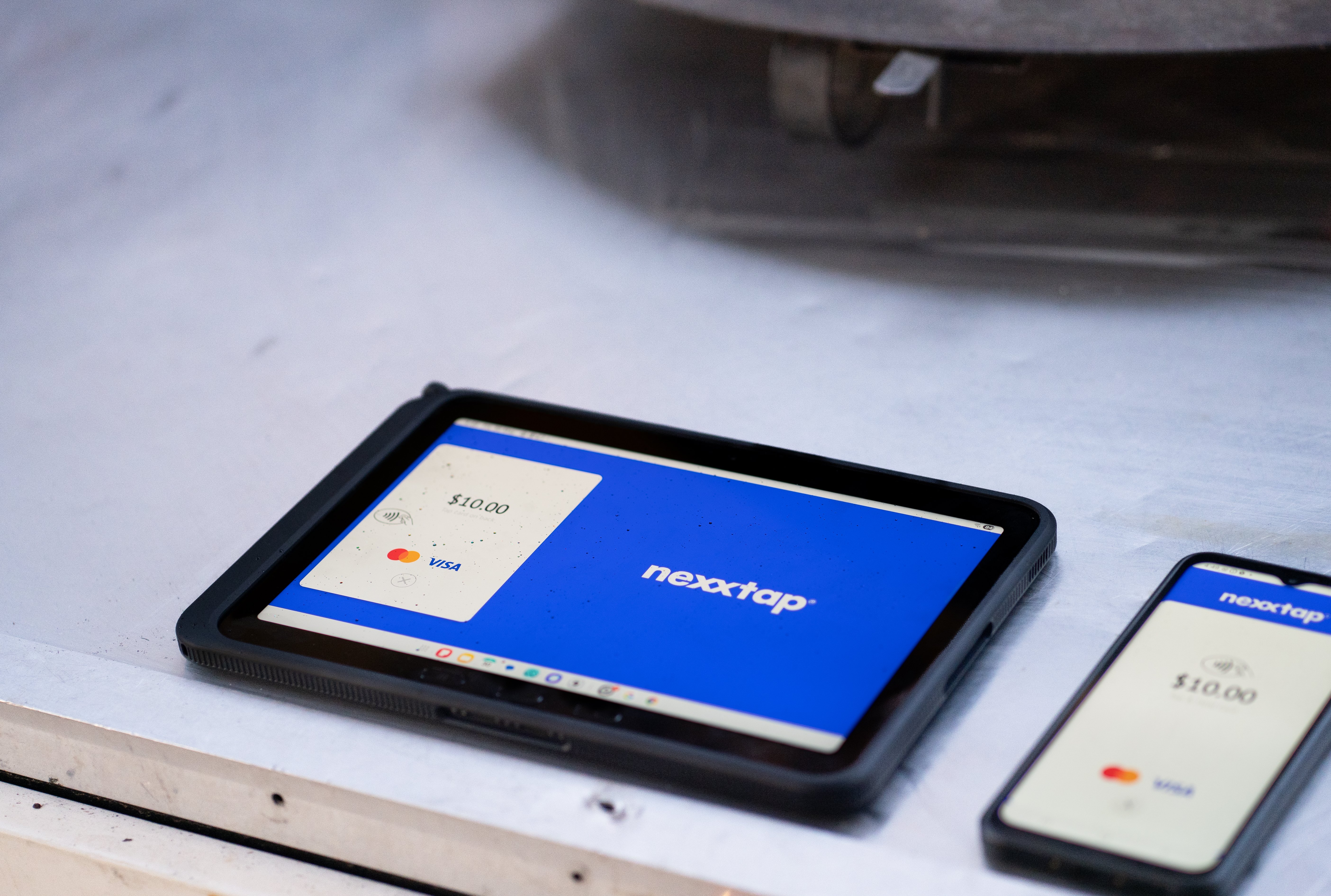EOFY 2025 Tax Tips for Small Businesses
Smart ways to get your business EOFY-ready (without the stress)
As the 2024/25 financial year wraps up, business owners around Australia are reviewing the books, tidying up loose ends, and planning for the year ahead. But EOFY doesn’t have to be stressful. With a few strategic tax-time habits, small businesses can make the most of deductions, stay compliant, and enter the new financial year with confidence.
Below, we’ve rounded up some helpful EOFY tax tips to help you stay on track, plus some important reminders as tax rules continue to evolve.
Disclaimer: The following content is for informational purposes only and is not financial or tax advice. Always speak with a registered tax agent, accountant, or financial advisor before making financial decisions for your business.
1. Know Your EOFY Deadlines
Getting ahead of deadlines is one of the simplest ways to stay stress-free at tax time. Mark your calendar with these key dates:
-
14 July 2025: STP (Single Touch Payroll) finalisation due for employers
-
28 July 2025: Superannuation Guarantee (SG) contributions due for April–June
-
31 October 2025: Deadline for self-lodged individual tax returns
-
Ongoing: BAS (Business Activity Statement) due monthly or quarterly
Late lodgements can attract penalties or interest from the ATO (Jackery, 2024; Payroller, 2024).
2. Use the Instant Asset Write-Off (Before It Changes)
The $20,000 instant asset write-off allows eligible small businesses to claim an immediate deduction on the cost of assets purchased and installed by 30 June 2025. This includes items like tools, computers, business equipment, and even payment solutions (if applicable to your operations).
This threshold is expected to change after 1 July 2025, so speak to your accountant to see if purchasing before EOFY could benefit your bottom line (Carbon Group, 2024).
3. Prepay Business Expenses Where Possible
Prepaying expenses can sometimes bring forward deductions into the current financial year. If cash flow allows, consider prepaying:
-
Rent or lease payments
-
Insurance premiums
-
Subscriptions (software, platforms, industry bodies)
-
Advertising or marketing services
Again, you’ll want professional advice to make sure this strategy suits your business structure (Microkeeper, 2024).
4. Maximise Eligible Deductions
Make sure you’re claiming everything your business is entitled to. Common deductions include:
-
Business tools and tech
-
Phone and internet costs
-
Software and app subscriptions
-
Utilities, rent, and office supplies
-
Motor vehicle use for business
-
Marketing, branding, and consulting services
-
Repairs and maintenance
Every dollar counts. Just make sure you have receipts or digital records to back it all up (Carbon Group, 2024; Jackery, 2024).

5. Top-Up Super Contributions
Consider whether it’s worth making additional super contributions for yourself or your employees before 30 June. This can be a tax-effective strategy that also strengthens long-term financial wellbeing.
Note: The Super Guarantee rate increased to 12% from 1 July 2025, so ensure your payroll system reflects this going forward (Microkeeper, 2024).
6. Clean Up Your Records and Reconcile Early
EOFY is a great time to give your accounts a tidy-up. Some good habits to implement include:
-
Reconciling bank accounts and credit cards
-
Reviewing unpaid invoices or bills
-
Writing off bad debts or obsolete stock
-
Running a stocktake to adjust inventory
-
Checking employee records (TFNs, bank details, super info)
You’ll make life easier for yourself (and your accountant) by entering the new financial year with clean books (Carbon Group, 2024).
7. Review Your Business Structure
As your business grows, it may be time to revisit whether your structure still suits your needs. For example, sole traders might benefit from switching to a company structure for liability or tax efficiency reasons. EOFY is the perfect time to reassess and adjust where needed (SimPRO, 2024).
8. Embrace Digital Tools for Better Visibility
EOFY is much easier when your records are digital and up-to-date. Cloud accounting software can help you:
-
Automatically track income and expenses
-
Store receipts securely
-
Send invoices and reminders
-
Monitor key dates (like BAS or super)
At Nexxtap, we’ve also seen more businesses turning to mobile payment solutions like SoftPOS to keep admin lean and payments fast. It’s one less thing to worry about when your tools talk to each other.
Final Thought: Stay Ahead by Staying Informed
EOFY can feel overwhelming, but it’s also an opportunity. By understanding what’s claimable, cleaning up your finances, and checking in with professionals, you can reduce tax-time stress and set yourself up for a stronger financial year.
At Nexxtap, we’re here to make one part of your business easier, secure, mobile payments that keep your operations agile and flexible.

References
Carbon Group. (2024). EOFY 2025 checklist for businesses. https://carbongroup.com.au/grp-eofy-2025-checklist-for-businesses/
Jackery. (2024). EOFY 2025 guide. https://au.jackery.com/blogs/knowledge/eofy-2025-guide
Microkeeper. (2024). Your guide to EOFY 2025: Key updates and actions for Australian businesses. https://info.microkeeper.com.au/blogs/your-guide-to-eofy-2025-key-updates-and-actions-for-australian-businesses
Payroller. (2024). End of financial year. https://payroller.com.au/end-of-financial-year/
SimPRO. (2024). When is EOFY?. https://www.simprogroup.com/blog/when-is-eofy